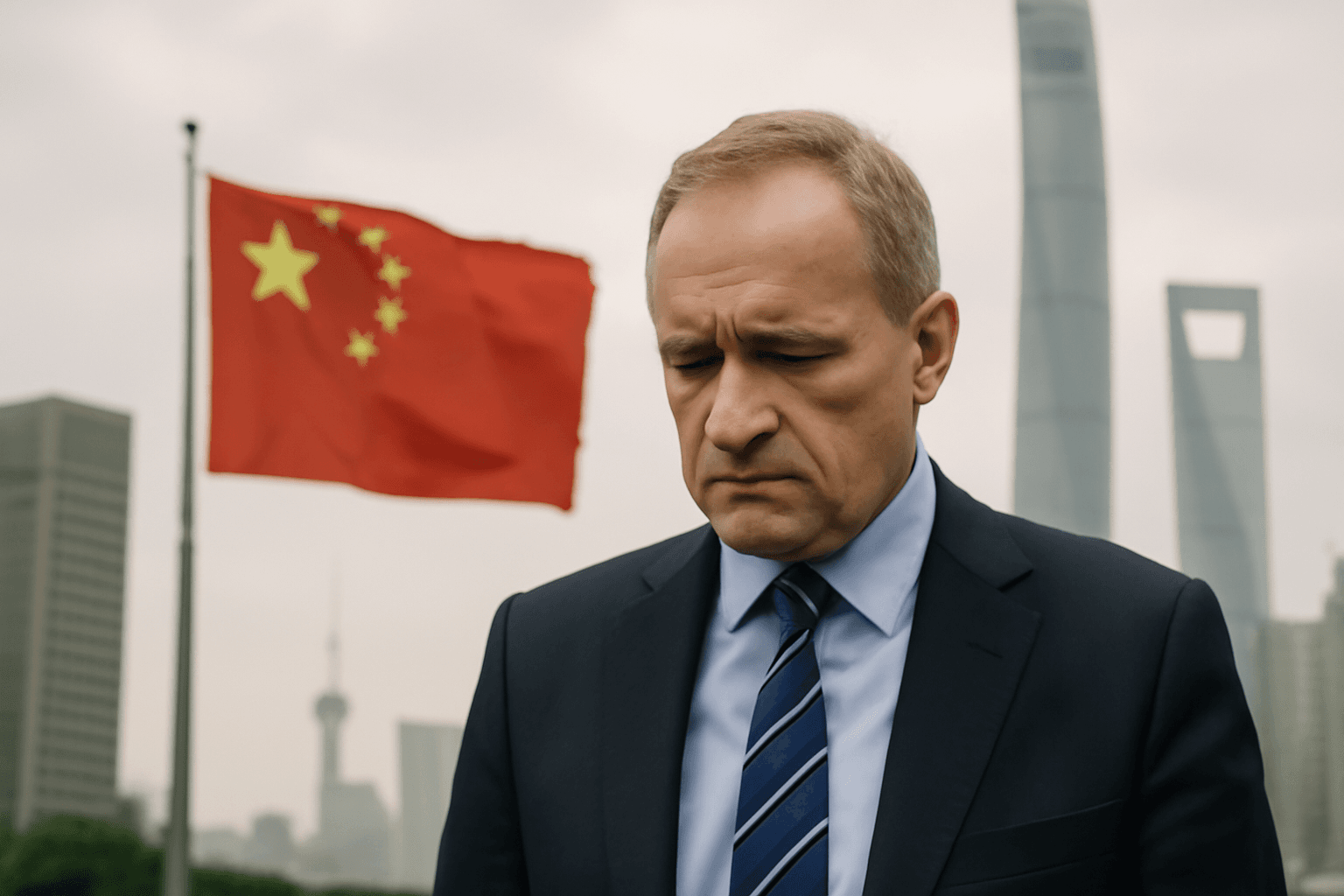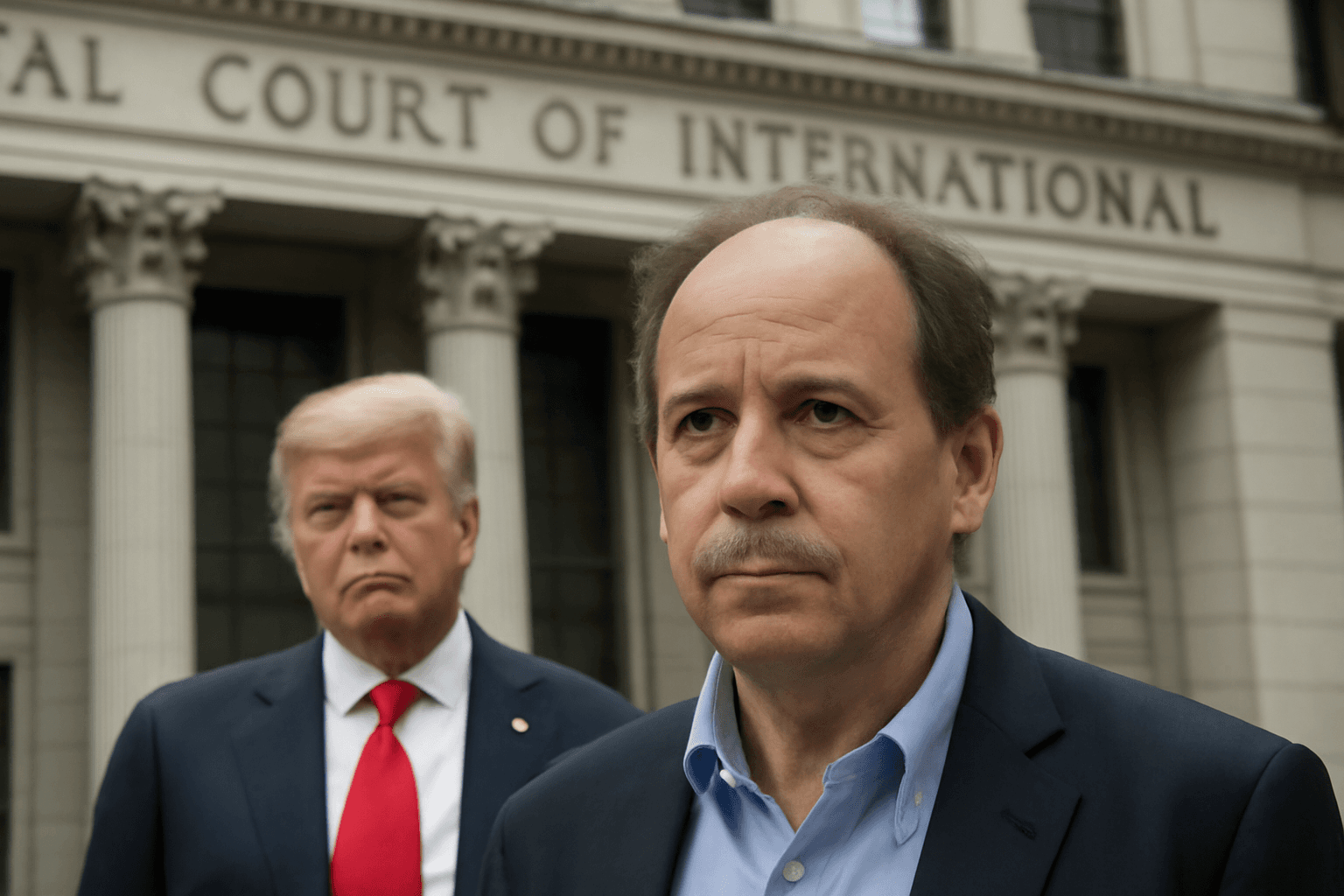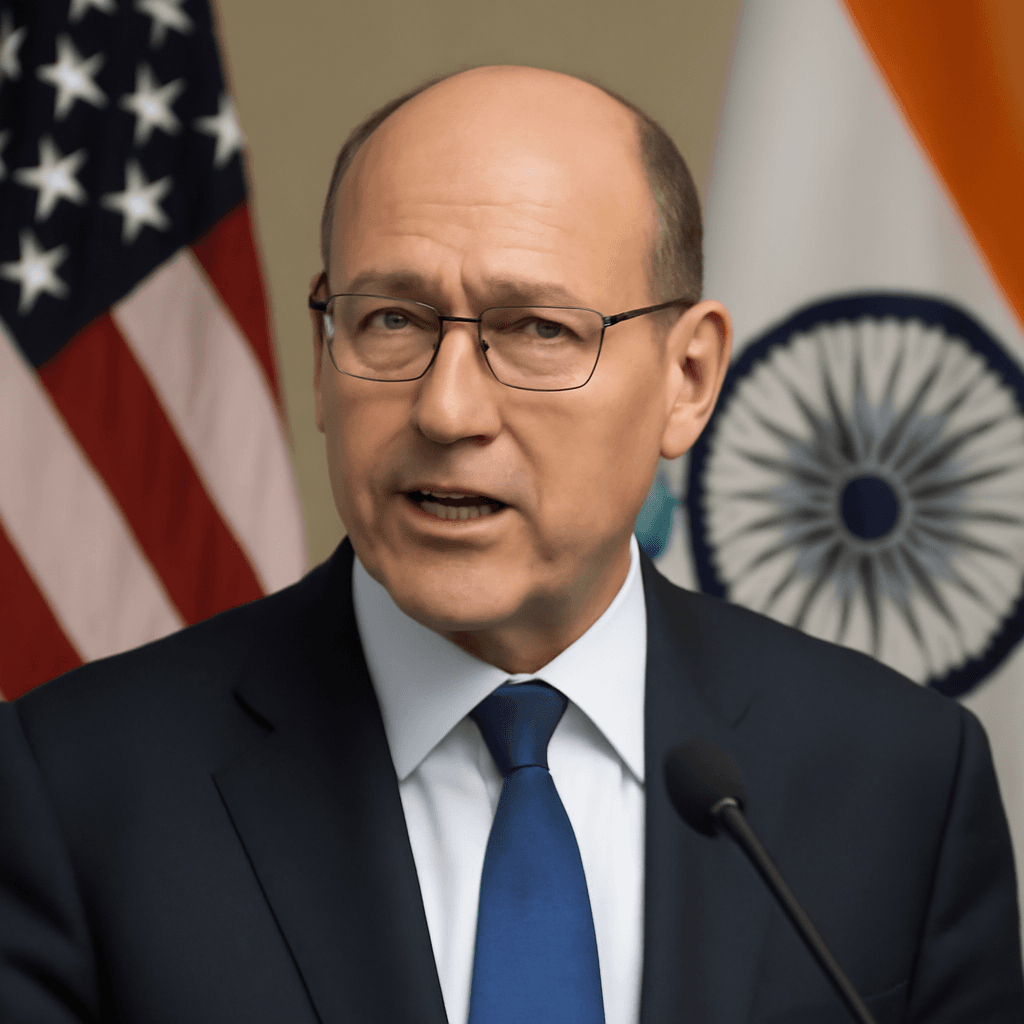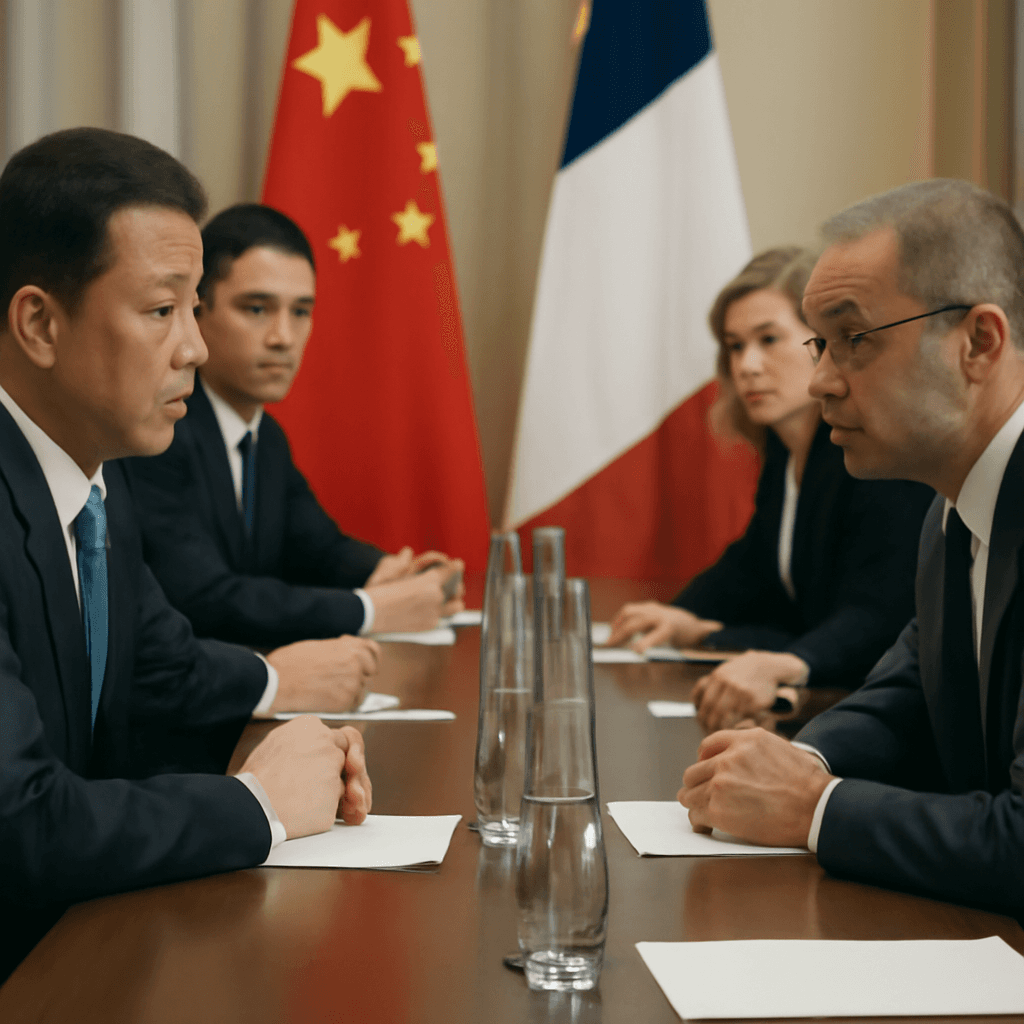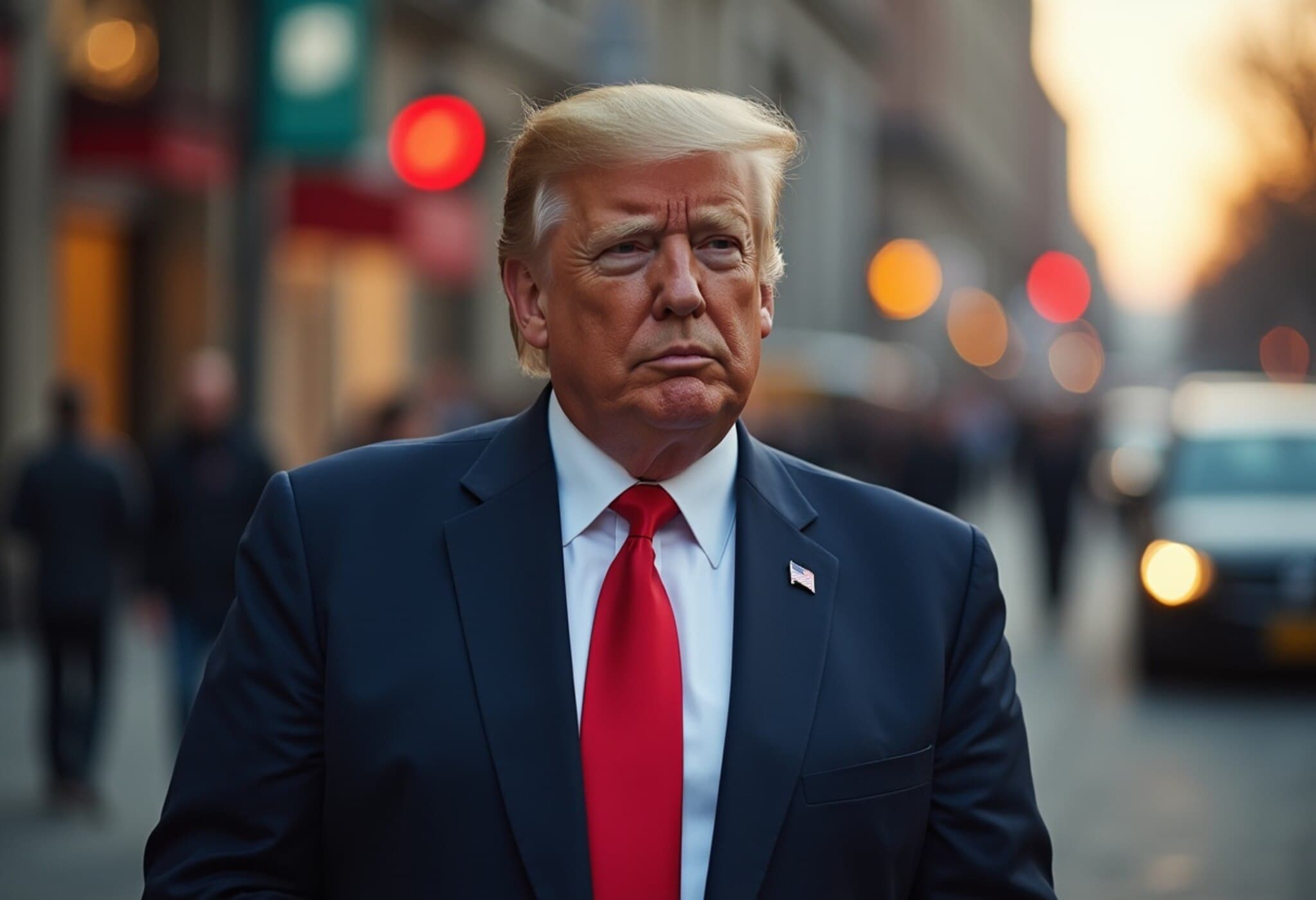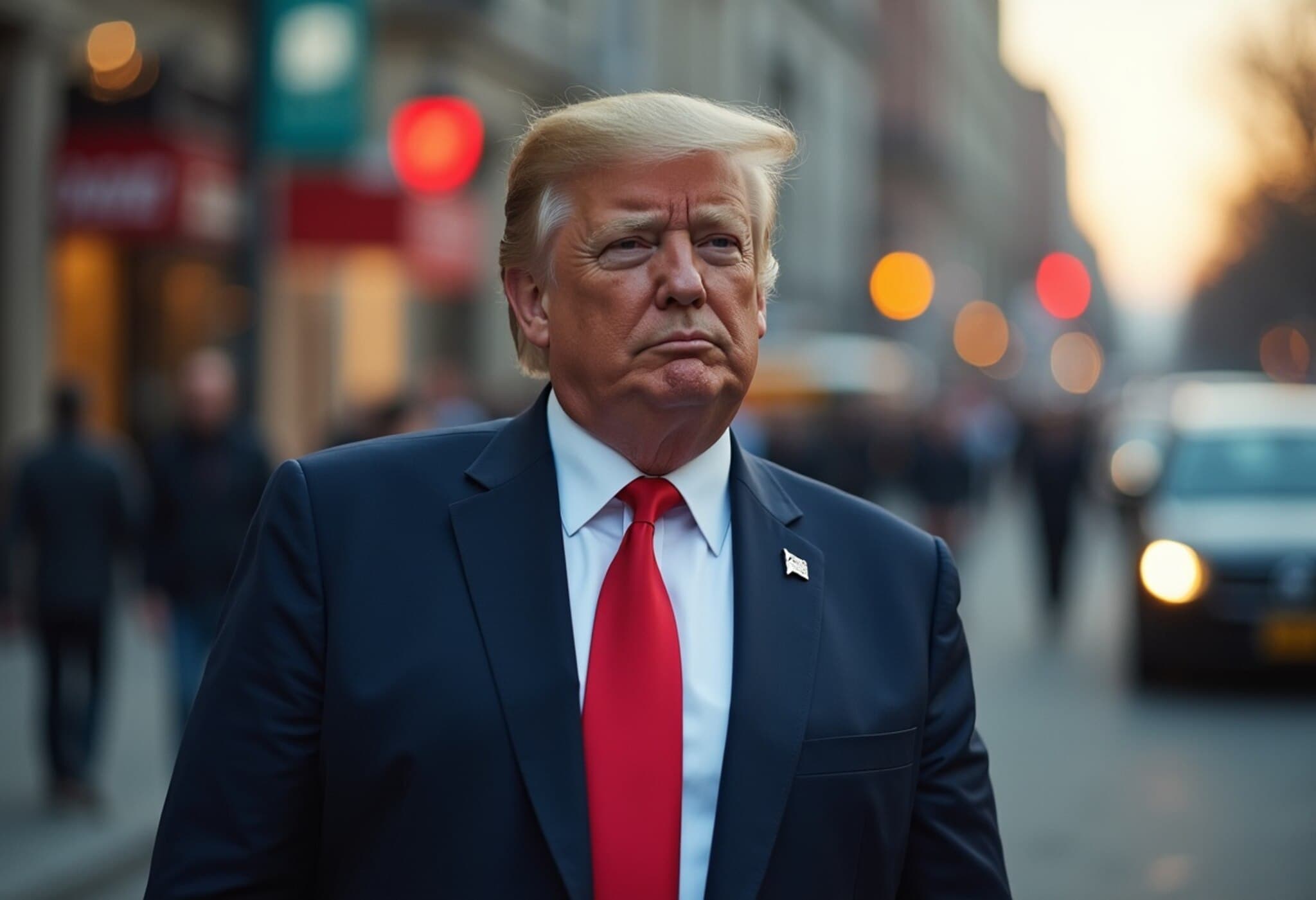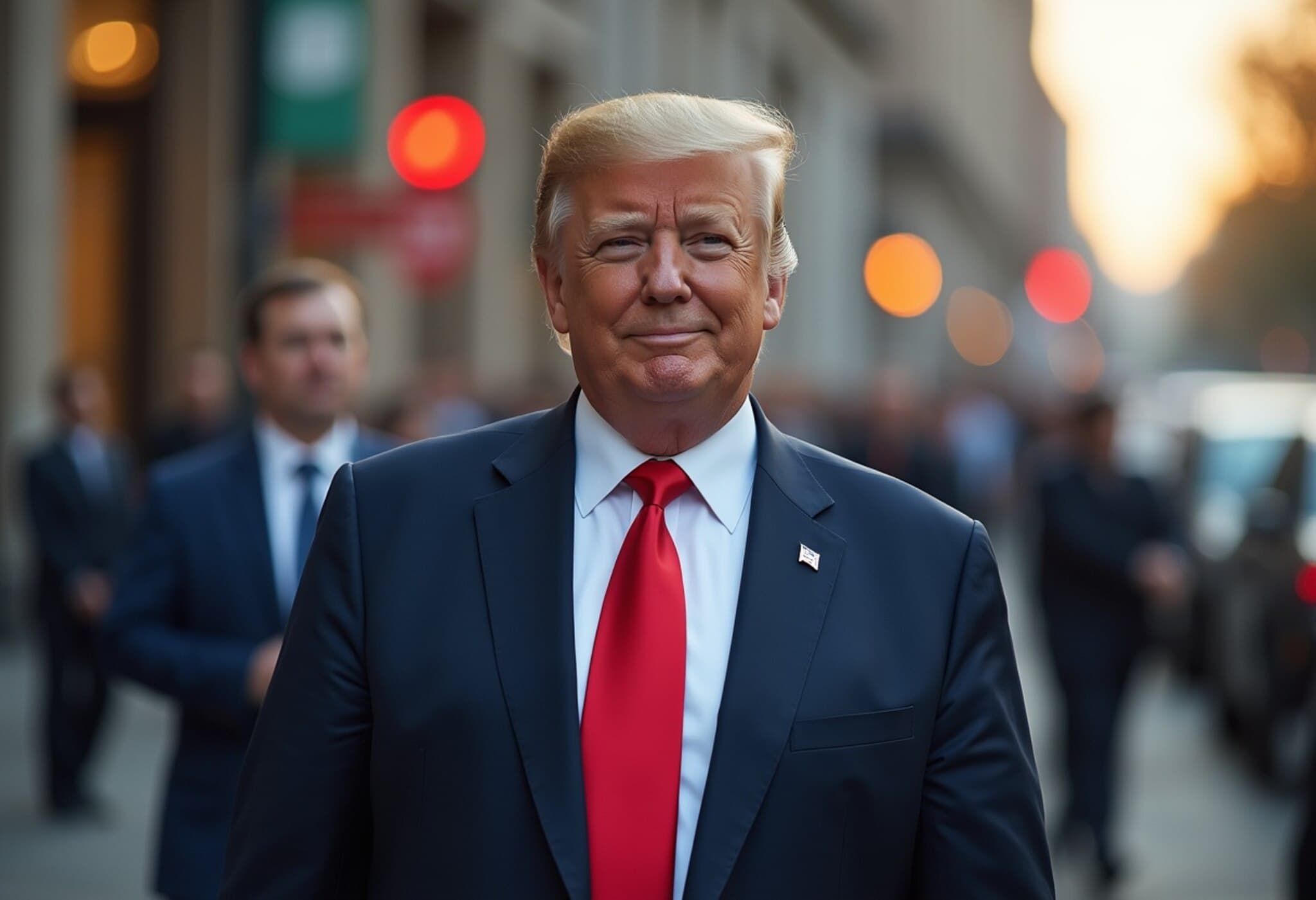India Gears Up for Negotiations Amid Rising US Tariff Pressures
In the face of the United States’ 25% tariff imposition on Indian exports, New Delhi has initiated a coordinated, inter-ministerial effort to prepare for upcoming trade talks with Washington. This marks a significant pivot in India’s trade strategy, as ministries work to formulate sector-specific concessions ahead of a high-stakes US delegation visit scheduled for August 25, 2025.
Understanding the Stakes: Trump’s Tariffs and India’s Response
Since August 7, a 25% tariff on a broad range of Indian goods has weighed heavily on bilateral trade relations. This tariff, coupled with an additional undisclosed penalty related to India’s defense and energy dealings with Russia, has ramped up pressure on New Delhi to engage more proactively in trade negotiations.
The Trump administration’s demands extend beyond tariff reductions to include removing various non-tariff barriers, signaling a push for expanded American market access that surpasses prior agreements.
Sectoral Concessions Under Review
- Energy and Oil Refining: Indian refiners have started adjusting their supply chains by reducing purchases of Russian crude to align with US expectations.
- Agriculture: While cautious, India has proposed tariff cuts on approximately 55% of US agricultural imports but remains protective over sensitive items like soybeans, corn, and dairy.
- Manufacturing and Technology: Ministries are exploring balanced concessions that safeguard India’s labor-intensive industries crucial to exports.
Balancing Act: Pragmatism Over Retaliation
Officials involved emphasize the importance of pragmatism during this critical juncture. Despite the sometimes inflammatory nature of US trade policies, India is consciously avoiding retaliatory gestures, focusing instead on building a sustainable and mutually beneficial trade framework.
“This is a time for pragmatism, not posturing,” a senior official noted, highlighting India’s measured approach amid increasing Washington frustration over sluggish deal progress.
Lessons from Other Trade Deals
India’s cautious stance partly stems from observing recent US agreements with the UK and Australia, which some experts describe as lopsided and disproportionately favoring American interests — particularly in contexts where trade imbalances were pronounced.
India aims to avoid similar outcomes by protecting long-standing red lines, such as its opposition to genetically modified crops and the need to nurture its extensive manufacturing workforce.
Strategic Context: Geopolitics and Rival Trade Deals
The backdrop of these negotiations includes not only bilateral concerns but also global geopolitics. China’s potential finalization of a trade deal with the US — possibly offering favorable terms and exemptions from penalties on Russian imports — adds urgency and complexity to India’s negotiation calculus.
India’s leadership appears intent on securing a deal that sustains national economic priorities without conceding key strategic advantages, especially amid shifting geopolitical alliances and trade realignments.
Looking Ahead: Timeline and Challenges
Negotiators eye October as a tentative deadline to conclude the agreement, with hope that forthcoming discussions may accelerate progress. However, the path remains fraught with challenges, including negotiating tariff harmonization while preserving sensitive sectors and managing external geopolitical pressures.
Expert Insight
Trade analysts emphasize that India’s inter-ministerial approach demonstrates both maturity and responsiveness in navigating complex trade diplomacy. By preparing sector-wise concessions thoughtfully, India aims to balance economic openness with safeguarding domestic industries and societal concerns.
This case underscores the evolving dynamics of global trade under rising protectionist tendencies and geopolitical contestation, where economically decisive countries like India must tread carefully to protect long-term growth and strategic autonomy.
Editor’s Note
As India embarks on this delicate trade negotiation journey, the fundamental question remains: can New Delhi chart a pragmatic path that unlocks broader market access without compromising vital sectors or economic sovereignty? Observers and stakeholders alike will be watching closely, as the outcome could redefine India-US trade relations amidst a turbulent international economic landscape.
Moreover, the interplay between US tariffs, India’s domestic policy choices, and broader global trade shifts highlights the intricate balancing act required in 21st-century economic diplomacy.



